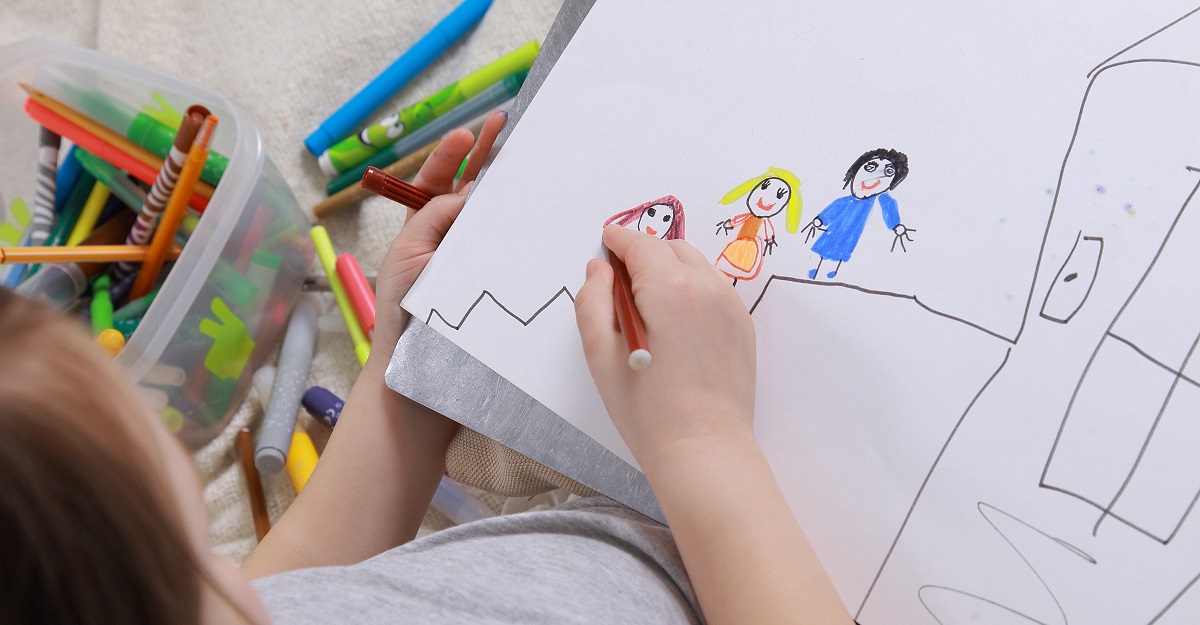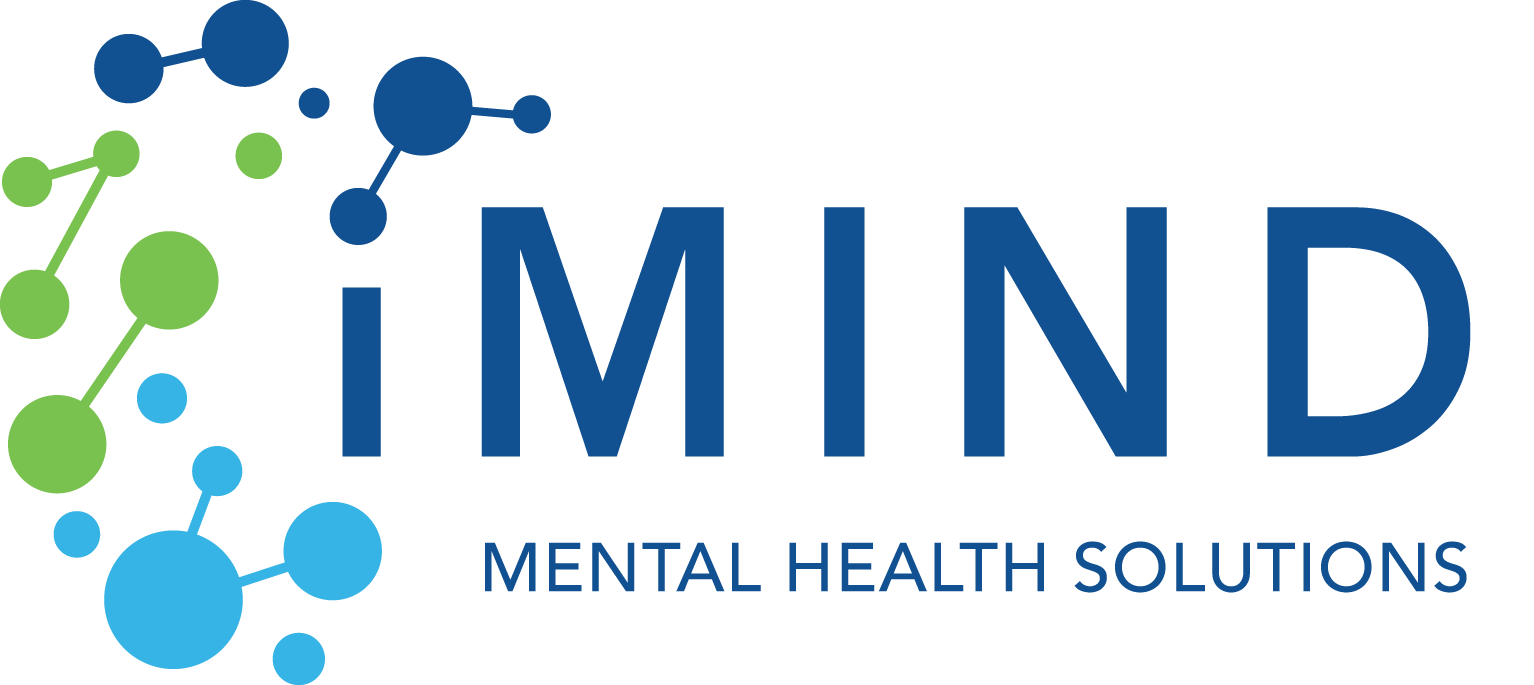Top 10 Questions About Art Therapy for Mental Health
Published By Justin Baksh, LMHC, MCAP
April 12, 2024

Art therapy has recently gained recognition for its unique blend of healing therapy and personal expression. Despite its growing popularity, there seems to be some misunderstanding about what art therapy entails, who it can benefit, and how it differs from other forms of therapy.
Let’s explore this by taking a closer look at the most frequently asked questions about this creative therapy.
1. What is Art Therapy?
Art therapy uses the creative process as a means of psychotherapy to foster improvements in physical, mental, and emotional well-being in individuals. It integrates the fields of art and psychology by allowing individuals to express themselves through artistic mediums when words may be insufficient or too difficult to use.
2. How Does Art Therapy Work?
Art therapy works by letting people use the act of creating art to explore their feelings, reconcile emotional conflicts, manage behavior, reduce stress, enhance self-esteem, and increase self-awareness.
First, art therapy provides a safe, non-judgmental environment. It’s like having a cozy, secure spot where you can let your guard down and express yourself through art, without worrying about being critiqued or misunderstood.
Imagine you have a bunch of feelings bottled up inside you but can’t find the right words to describe them. In art therapy, you don’t need words. You can paint, draw, sculpt, or use whatever art forms you like to show what’s going on inside you. It’s like using colors, shapes, and textures to tell your story.
After you’ve created something, you and the therapist look at it together. This isn’t about deciding if it’s good or bad art; it’s about seeing what your creation can tell you about yourself. Sometimes, the artwork can reveal things about your feelings or experiences that you weren’t fully aware of before.
Through making art and talking about it, you start to understand yourself better. You might discover new ways to tackle problems or find that creating art helps you release emotions you’ve been holding onto. It’s a bit like having a conversation with yourself, where the art does the talking, helping you heal and grow.
3. Who Can Benefit From Art Therapy?
Art therapy holds a universal appeal, offering profound benefits across a diverse spectrum of individuals.
Children, who often find verbal expression challenging, can unlock their emotions and narrate their experiences through colors and shapes, making it a powerful tool for their emotional development. Adolescents grappling with the complexities of identity and self-esteem discover in art therapy a mirror to their inner world, providing a creative outlet for exploration and understanding.
Adults, burdened by the stresses of life or seeking deeper self-awareness, find solace and insight in the act of creation, allowing them a unique pathway to address and articulate their inner conflicts and aspirations.
The elderly, reflecting on life’s journey, use art therapy as a means to reminisce, cope with life transitions, and maintain cognitive function, enriching their golden years with creativity and connection.
Families and groups, navigating the dynamics of relationships, benefit from shared art- making experiences that foster communication, understanding, and healing bonds.
Lastly, caregivers and professionals, often absorbed in the well-being of others, can use art therapy as a reflective practice to manage stress, prevent burnout, and sustain their compassion and empathy.
4. What Issues Can Art Therapy Help With?
Art therapy’s remarkable versatility makes it an invaluable resource for individuals across all walks of life, encountering a spectrum of challenges. Children and adolescents grappling with emotional and behavioral issues, including anxiety, depression, or ADHD, find a voice in art therapy that allows them to express emotions and navigate their experiences. It also offers a crucial non-verbal outlet for those with developmental disorders such as autism spectrum disorder (ASD), facilitating communication and expression in unique ways. For those who have faced trauma and abuse, art therapy acts as a safe haven for processing and articulating complex emotions.
Adults, too, benefit from art therapy, whether they’re dealing with mental health disorders like depression, anxiety, and bipolar disorder, or seeking relief from the pressures of stress and burnout. It serves as a supportive companion for individuals undergoing life transitions, coping with grief, or navigating the challenges of aging and physical health issues. Similarly, the elderly find solace and cognitive stimulation in art therapy, which can ease the journey through cognitive decline and dementia, combat social isolation, and help articulate feelings related to illness and aging.
For individuals who have experienced trauma, art therapy provides a gentle means to explore and express traumatic memories and feelings without the need for words, which can sometimes re-traumatize. Those living with chronic illnesses or physical disabilities use art therapy to confront and articulate their feelings about their condition, aiding in psychological coping. It supports individuals in substance abuse recovery by uncovering and addressing underlying issues, serving as a healthy coping mechanism.
Veterans and first responders find a valuable tool in art therapy to address PTSD, stress, and the emotional toll of their service. Lastly, anyone on a journey of personal development will find art therapy enriching, offering pathways to enhanced self-awareness, creativity, and emotional well-being. Through the universal language of art, therapy transcends traditional communication barriers, providing a profound avenue for healing, expression, and personal growth.
5. Do I Need to Be Good at Art to Benefit from Art Therapy?
You don’t have to be an artist or even think you’re good at art. It’s all about the process of making something and what that process helps you discover about yourself. Whether you’re drawing stick figures or creating something more complex, it’s your expression that counts.
6. What Happens in an Art Therapy Session?
An art therapy session is a unique blend of creativity and psychological exploration, tailored to the individual’s needs and goals. The therapist might start the session with a brief discussion to understand the client’s current state of mind or to set an intention for the session.
Following this, the client engages in the creative process, using various art materials and mediums offered by the therapist. This creative phase is not about producing “good” art but about allowing the individual to express thoughts, feelings, and experiences through visual and tactile means. The choice of medium, whether it’s painting, drawing, sculpting, or another form, often depends on the client’s preference or the therapeutic goals set by the therapist.
As the client creates, the art therapist observes and sometimes participates in the creative process, offering support and guidance without judgment. This part of the session is crucial for building trust and understanding between the therapist and the client.
After the art part of the session, the therapist and client may discuss the artwork together. This reflection phase is an opportunity for the client to explore the meanings, emotions, and thoughts that arose during the creative process. The therapist facilitates this discussion, helping the client to gain insights and understandings about themselves and their life experiences.
The session concludes with a closing conversation where any insights gained can be acknowledged, and plans for future sessions or how to integrate the session’s work into daily life can be discussed. Throughout, the art therapist ensures a supportive, empathetic environment, making art therapy a powerful tool for healing and self-discovery.
7. How Is Art Therapy Different from Other Forms of Therapy?
Art therapy stands out among therapeutic approaches through its unique incorporation of the creative process as a medium for healing and self-expression. Unlike traditional talk therapies that rely primarily on verbal communication to unearth feelings and resolve conflicts, art therapy engages individuals in a hands-on, visual, and tactile form of expression. This creative avenue offers a way to delve into thoughts and feelings that might be hard to express through words alone. It offers a distinct advantage for those who find traditional therapy intimidating or insufficient in expressing the depth of their experiences.
Furthermore, art therapy provides a tangible product — the artwork — which can serve as a concrete reflection of a person’s inner world, offering insights both to the therapist and the client. This aspect of art therapy can be particularly beneficial in tracking progress over time, as the evolving nature of the artwork mirrors changes and shifts in the individual’s emotional and psychological state.
In comparison to cognitive-behavioral therapy (CBT), which focuses on identifying and changing negative thought patterns and behaviors, art therapy offers a more exploratory and less directive approach, potentially unlocking deeper insights through creative expression.
Similarly, while psychoanalysis delves into the unconscious mind through dialogue, art therapy accesses the unconscious more spontaneously and directly through the act of creation.
Art therapy’s non-verbal nature makes it highly accessible to diverse populations, including children, non-verbal individuals, or those facing language barriers.
8. Is Art Therapy Supported by Research?
Yes, art therapy is supported by research. Studies have shown that art therapy can significantly reduce symptoms of depression, anxiety, and trauma, improve mood, enhance coping mechanisms, and increase self-esteem in many individuals. While results vary, with art therapy being more effective than control activities in many cases, it has proven to be a valuable tool in addressing a wide range of mental health issues and improving overall quality of life.
However, it’s worth noting that in specific areas such as cognition, art therapy may not be the most effective approach compared to other interventions. Overall, the body of research indicates that art therapy offers considerable benefits and is a supported and effective therapeutic practice for various emotional and psychological challenges. This conclusion draws upon an analysis of various studies, as outlined in the comprehensive review from 2015.
9. Can Art Therapy Be Conducted in Groups?
Yes, art therapy can be used in group settings. Group art therapy sessions offer unique benefits, including the opportunity for participants to share experiences, support one another, and feel a sense of community and belonging. In these sessions, individuals work on their art projects in the presence of others, which can foster a shared understanding and mutual empathy among group members. The group dynamic also allows for the exploration of interpersonal relationships and social skills within a safe and supportive environment.
Facilitated by a trained art therapist, these sessions can help participants express themselves, gain insights from others’ perspectives, and work through personal and collective challenges creatively.
10. How Do I Find a Qualified Art Therapist?
To find a qualified art therapist, start by checking with professional organizations such as the American Art Therapy Association (AATA) in the United States or equivalent bodies in your country, which maintain directories of certified art therapists. Therapists on these lists are usually organized by location and specialty. Healthcare providers and mental health professionals will often make recommendations as well. Ensure that the therapist you choose is certified, holding a master’s degree in art therapy or a related field, and has the necessary state or national certification or license to practice art therapy.
The Bottom Line About Art Therapy
While art therapy can be a fun engaging way to improve your mental health, rest assured that art therapists are highly trained. They typically have a master’s degree in art therapy or other mental health area. They also are required to complete a minimum of a thousand hours of art therapy internship work, directly with clients. There are two credentials that art therapists can pursue, both of which bestowed by the Art Therapy Credentials Board: a Registered Art Therapist and a Board-Certified Registered Art Therapist.
Art therapy is also an evidence-based modality. Not only does it treat mental illness, it can slow down cognitive decline, help control socially challenging behaviors, and improve relationships. Like other mental health treatments, art therapy can lead to a greater quality of life.
- American Art Therapy Association. (2022). What is Art Therapy? American Art Therapy Association.
- How To Become An Art Therapist – Forbes Advisor. (n.d.). www.forbes.com.
- Shukla, A., Choudhari, S. G., Gaidhane, A. M., & Quazi Syed, Z. (2022). Role of Art Therapy in the Promotion of Mental Health: a Critical Review. Cureus, 14(8).
- Uttley, L., Scope, A., Stevenson, M., Rawdin, A., Elizabeth Taylor Buck, Sutton, A., Stevens, J., Kaltenthaler, E., Dent-Brown, K., & Wood, C. (2015, March 1). Clinical effectiveness of art therapy: quantitative systematic review. Nih.gov; NIHR Journals Library.



